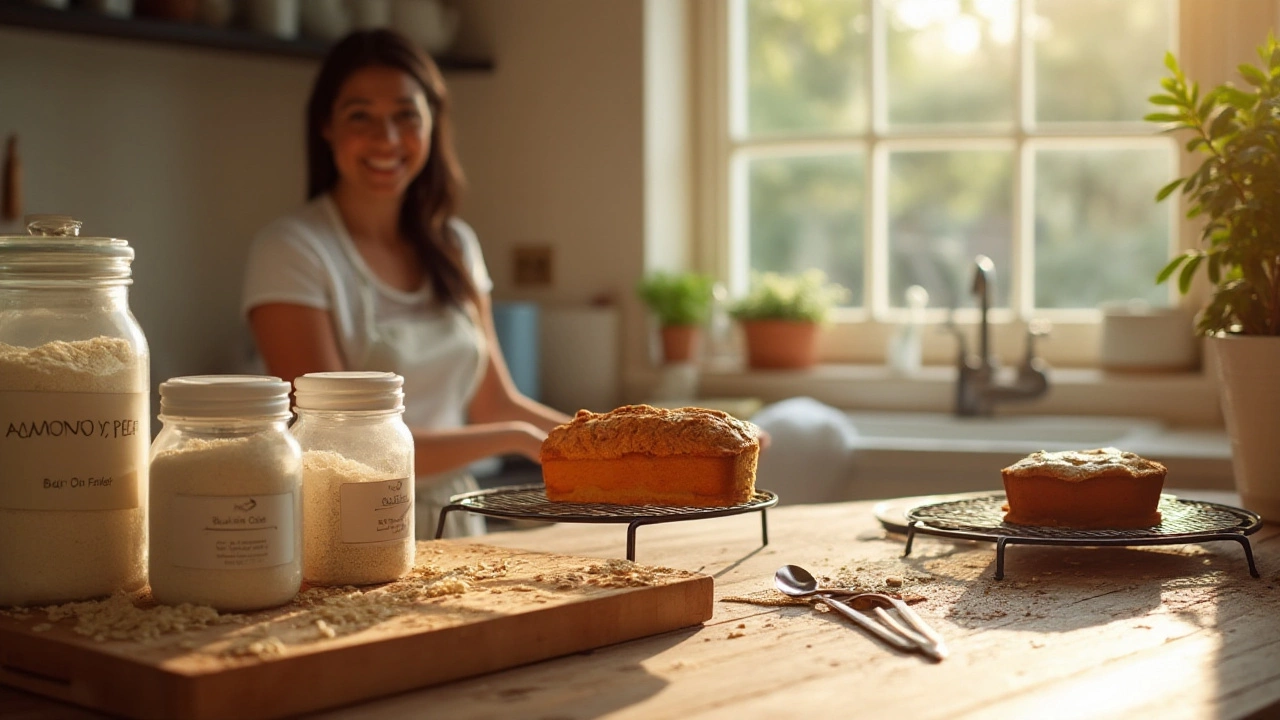
Imagine biting into a deliciously soft and fluffy cake, without a single worry about gluten lurking within. For many, gluten-free living is more than a dietary choice; it's a necessary lifestyle adaptation. However, navigating the world of baking, especially cakes, can be daunting when avoiding gluten.
Understanding the biggest culprits hiding gluten can make your culinary adventures not just safer, but more rewarding. Let's delve deep into which foods and ingredients to steer clear of, ensuring your gluten-free cakes are every bit as delightful as they are safe.
- Understanding Gluten and Its Effects
- Common Gluten-Rich Ingredients
- Alternatives for Gluten-Free Cake Baking
- Tips for Safe and Tasty Gluten-Free Baking
Understanding Gluten and Its Effects
Embarking on the journey of a gluten-free diet often starts with a pivotal question: what exactly is gluten? Gluten is more than just a troublesome protein for some; it's a composite found in wheat, barley, rye, and a few other grains. Despite its understated nature, gluten plays a significant role in making bread delightfully chewy and giving it structure. Unfortunately, for individuals with celiac disease or gluten sensitivity, this same structure can cause serious health issues, ranging from digestive discomfort to long-term intestinal damage.
The problem isn't limited to direct consumption. Cross-contact during food processing, or even in your own kitchen, can turn a seemingly safe meal into a source of distress. The immune response triggered in a person with celiac disease attacks the small intestine, which can lead to poor nutrient absorption. Over time, this lack of absorption might result in unintended weight loss, anemia, or an increased risk of other autoimmune disorders. It's not just about food – it's about well-being and wholesome living.
According to the Celiac Disease Foundation, approximately 1 in 100 people worldwide are affected by celiac disease, yet a significant number remain undiagnosed. This highlights the importance of education and awareness, as such conditions are treatable, starting with dietary adjustments. There's a growing body of research indicating that even a small amount of gluten can set off a negative response. By understanding gluten’s role and its effects, we empower not just those with sensitivity, but anyone looking to adopt a healthier and more informed lifestyle.
"For celiacs, even ingesting a breadcrumb containing gluten can trigger a harmful immunological reaction," explains Dr. Peter Green, a leading gastroenterologist at the Columbia Celiac Disease Center.
Interestingly, the socio-cultural landscape of gluten awareness has evolved. Popular diets have elevated the conversation surrounding gluten, but it's crucial to separate fads from facts. A gluten-free diet, when necessary, can lead to significant health improvements, but it must be followed carefully to ensure nutritional balance. Depriving oneself of gluten shouldn't mean depriving oneself of essential nutrients. Careful planning and consulting with dietitians can make sure the diet remains balanced and beneficial. In the world of cooking and baking, where gluten's absence becomes most apparent, understanding these effects is the first step to creating dishes that are as delightful as they are safe.
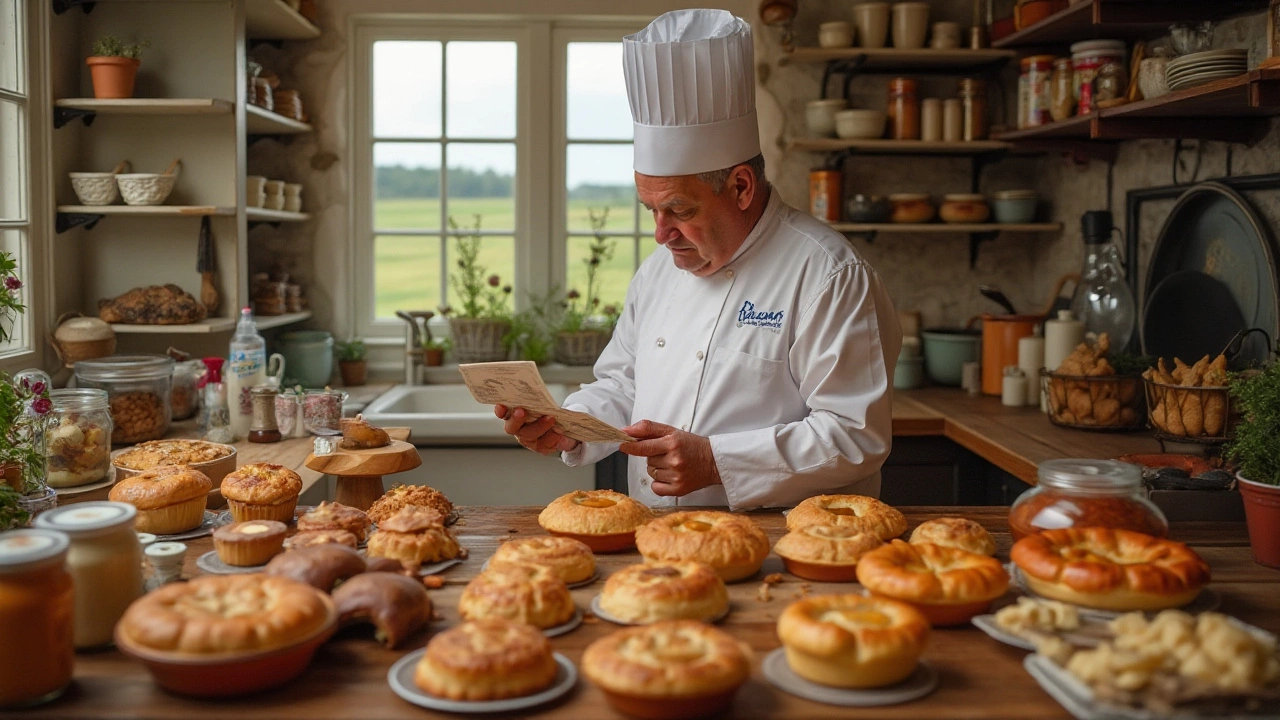
Common Gluten-Rich Ingredients
When embarking on a gluten-free diet, it's essential to recognize the usual suspects that contain gluten. These ingredients often find their way into many kitchen staples far beyond the typical loaf of bread or pizza crust. For bakers, this means being extra cautious and knowing what to avoid can ensure a smooth journey towards creating delectable gluten-free cakes.
Wheat, barley, and rye are the primary grains that harbor gluten. While their presence in bread might be well-known, they also appear in less obvious places. Wheat is not just limited to flour; it includes products like durum, farina, graham, and semolina, frequently used in pasta and couscous. Similarly, barley, a grain high in gluten, is commonly used as malt, found in brewed beverages and various flavorings.
Rye, often overshadowed by wheat and barley, shouldn't be ignored. Found in rye bread, beer, and some cereals, it is a stealthy gluten carrier. Additionally, foods labeled as 'starch,' 'modified food starch,' or 'natural flavoring' could often be sourced from wheat. Although these terms are not always indicative of gluten, it's crucial to stay vigilant, as some countries do not require the disclosure of gluten derivatives specifically.
Then there's spelt, a close cousin of wheat. It might appear on ingredient lists marketed as 'ancient grain,' but it contains gluten. This could lead some to mistakenly assume it's a safer option, only to cause dietary repercussions. Interestingly, triticale, a hybrid grain combining rye and wheat, was developed for its high yield and resilience, but, unfortunately, it also carries the full spectrum of gluten.
According to the Celiac Disease Foundation, "Barley’s role in the fermentation process of beers and liquors is one of the biggest causes for concern of accidental gluten intake."
"Even some gluten-free beers can contain traces of gluten due to cross-contact," they caution. "Always look for specific certification."Wheat-based additives such as malt vinegar and soy sauce need attention. While soy sauce might seem harmless, it is commonly made with wheat. Opting for tamari, a gluten-free alternative, can be a safer bet.
Ready-made soups and processed foods often sneak in on the gluten radar. Sauces, such as gravies, dressings, and even some stocks, use wheat as a thickener without overt announcement on their labels, catching the uninitiated unaware. Finally, one should beware of oats. Although naturally gluten-free, they are frequently contaminated with wheat in processing facilities. Consequently, when purchasing oats, ensure they are labeled 'gluten-free' to minimize risks.
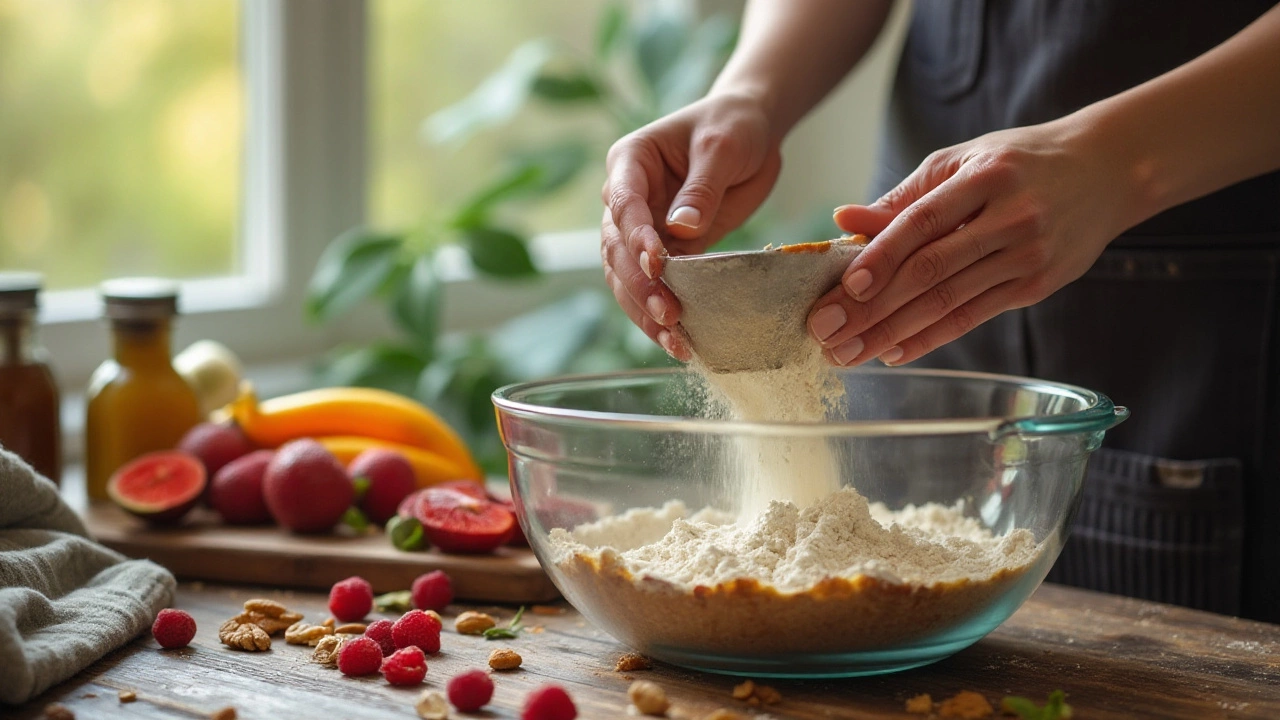
Alternatives for Gluten-Free Cake Baking
Embarking on a gluten-free cake adventure might seem daunting initially, but the array of alternatives available today opens up a world of possibilities. The key is understanding what works best in place of traditional wheat flour, the main culprit of gluten in most baked goods. Almond flour, coconut flour, and rice flour have risen to prominence as some of the most popular substitutes in the realm of gluten-free cake baking. Almond flour, finely ground from the skinless nuts, imparts a slight sweetness and adds density, making it perfect for cakes. Coconut flour, on the other hand, is known for its ability to absorb moisture and its natural sweetness, requiring a bit more liquid or eggs in recipes to achieve the right texture.
Beyond the familiar flours, chickpea flour and oat flour are also making waves as solid replacements. Chickpea flour adds a subtle nutty flavor and is packed with protein, while oat flour offers a mild taste and retains moisture exceptionally well, helping ensure that gluten-free cakes don't become dry. But flour alone isn't the whole equation. Xanthan gum or guar gum often find their way into gluten-free recipes due to their ability to mimic gluten's binding properties. These gums help cakes rise and maintain their structure, vital in creating that perfect bite that doesn't crumble away with each forkful.
Experimenting with combinations of these flours can lead to exciting results. For those feeling adventurous, mixing almond flour with coconut flour, augmented with tapioca starch, can create a balanced blend of flavors and textures. Not only can this mimic the traditional mouthfeel of wheat-based cakes, but it can also offer an exciting new taste experience. Many nutritionists suggest trial and error with these ingredients to suit the specific requirements of flavor and texture. A popular choice is using a gluten-free flour blend, which often contains a carefully curated mix of these components to simplify the cake baking process.
Navigating the world of gluten-free baking also means understanding which recipes best suit certain types of substitutes. Moist cakes, such as chocolate or fruit-laden, often mesh well with mixes that include almond or coconut flour because of their moisture retention properties. On the other hand, lighter cakes like sponges could benefit from rice or oat flour for their subtle taste profiles and fine texture. As culinary expert and cookbook author Dana Shultz notes, “Gluten-free baking is all about balance. You can achieve great results by understanding what each ingredient contributes.”
“Being gluten-free doesn't need to cage creativity,” she says. “It's about using what nature provides in novel ways.”
Aside from flour alternatives, don't forget the importance of leavening agents. Baking soda or powder helps gluten-free cakes rise without the elasticity gluten provides. Balancing these with the right amount of acidic components like vinegar or lemon juice can elevate the cake to a delectable height, ensuring that the absence of gluten does not equate to an absence of delight. Recognizing which flours absorb more moisture can also guide how much leavening is necessary to achieve optimal fluffiness.
Whether you're crafting a simple sponge cake or an intricate masterpiece, embracing these gluten-free cake baking alternatives allows for creativity and delicious results. There's no one-size-fits-all answer, but that's the joy of baking—exploring and finding combinations that make your taste buds dance. So arm yourself with these alternatives, and take the first step towards becoming a gluten-free cake wizard in your own kitchen.
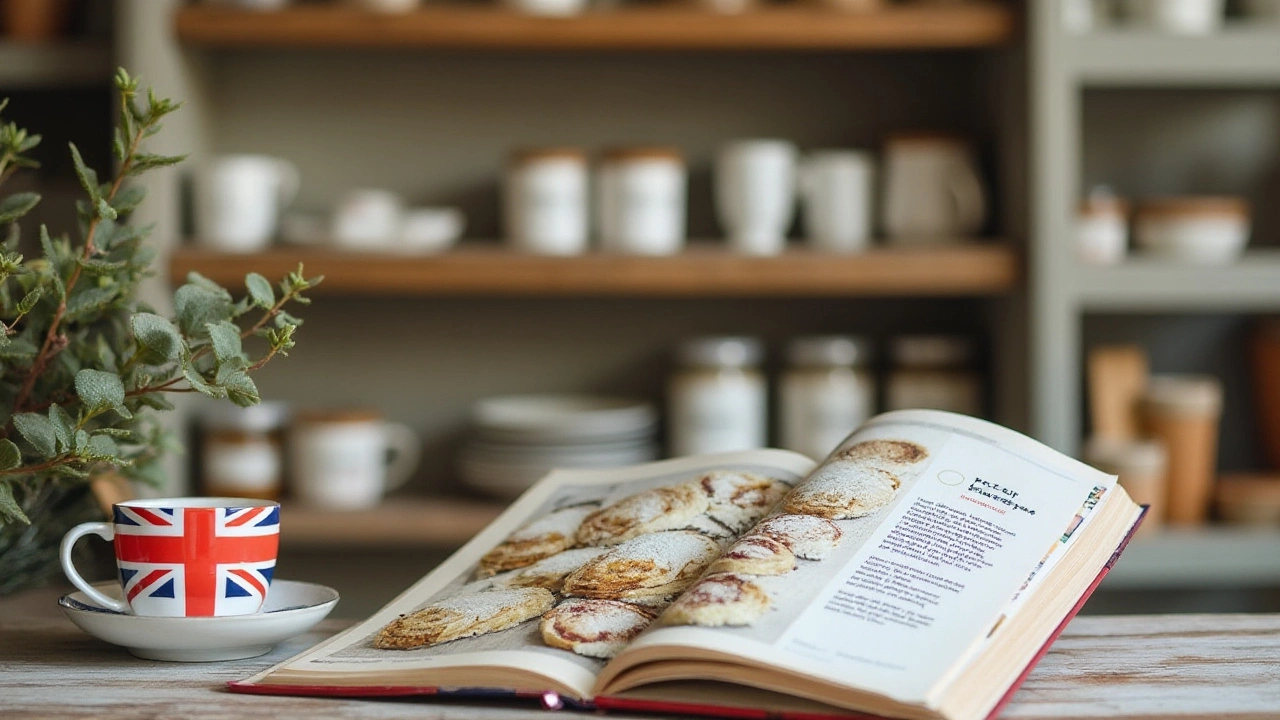
Tips for Safe and Tasty Gluten-Free Baking
Baking gluten-free cakes can be an adventure, reminiscent of an alchemist's quest: transforming simple ingredients into something magical. The first step toward this enchanting result is ensuring safety from gluten contamination. Cross-contamination is a critical concern for those sensitive to gluten, so it's essential to keep your baking environment free from gluten-rich intruders. Start by dedicating specific kitchen tools and utensils solely for gluten-free cooking. Mixing bowls, spatulas, and even your trustworthy measuring cups can retain traces of gluten if they have been used previously with gluten-containing ingredients.
The significance of choosing the right gluten-free flour cannot be overstated. Eggs are a crucial ingredient in many cakes, but in gluten-free baking, the flour's quality can either make or break your baking adventure. There are numerous gluten-free flours, like almond and coconut flour, but each has different characteristics and behaves differently when baked. A blend specifically designed for cakes often includes a mix of rice flour, tapioca starch, and potato starch for the best results, ensuring a soft crumb and moist texture.
Baking powder and baking soda are also essentials in the realm of gluten-free baking. To ensure safety, it's crucial to check that these are certified gluten-free due to potential cross-contamination during production. Adding a bit of xanthan gum or guar gum can mimic the elasticity that gluten provides in traditional baking, which helps keep your cake from crumbling apart. It's a small addition but can make all the difference in texture.
An interesting fact is that sugar and fats, like butter or oil, also play unique roles in gluten-free cake recipes. Sugar provides sweetness, of course, but it also helps to retain moisture, which prevents the often-dreaded dryness in gluten-free cakes. Using enough fats ensures that your cake has a delicate crumb structure and tends to hold moisture better. Don’t skimp on these ingredients if you want your cake to shine!
Patience is a virtue, especially when experimenting with new baking methods. Gluten-free alignments require various alterations in technique, such as beating the batter for longer than usual to incorporate air, leading to a lighter, fluffier cake. Allow your batter to rest for a while before pouring it into the cake pan, giving the dry ingredients some time to fully absorb the liquids. Try lowering the baking temperature slightly and bake the cake longer than a gluten-containing equivalent to ensure a consistent bake throughout.
Following these tips, gluten-free cake baking no longer needs to feel like an impossible feat. Every bit of effort and attention to detail ensures your cake not only dazzles in taste but also stands proudly as a safe option for anyone on a gluten-free diet. Let’s remember that at the core of every good cake, there’s joy and a touch of magic.


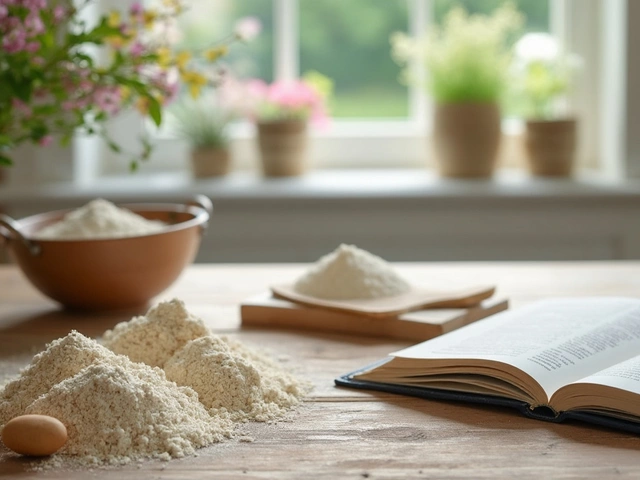

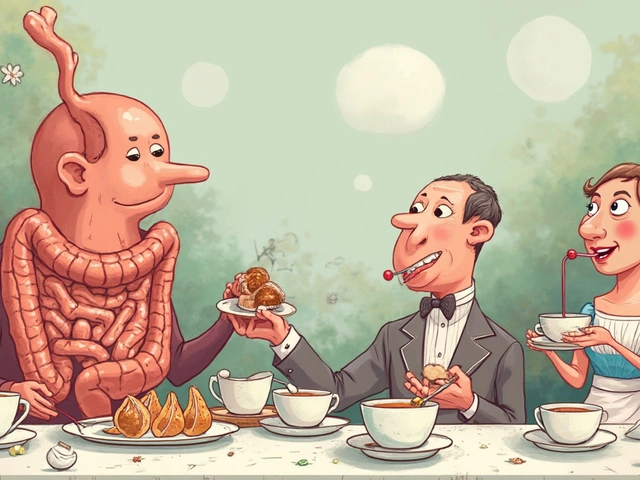
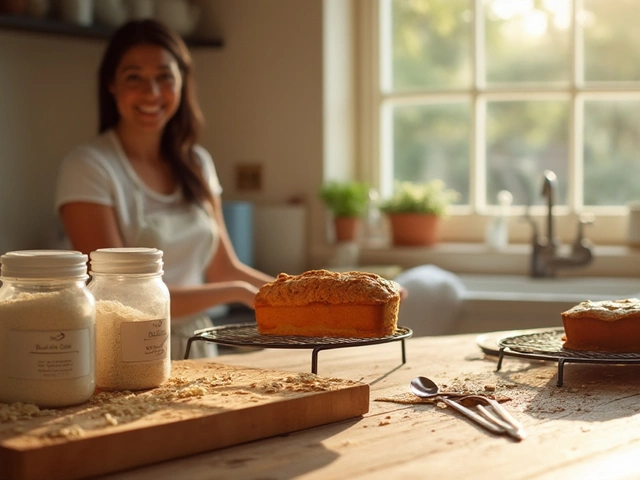
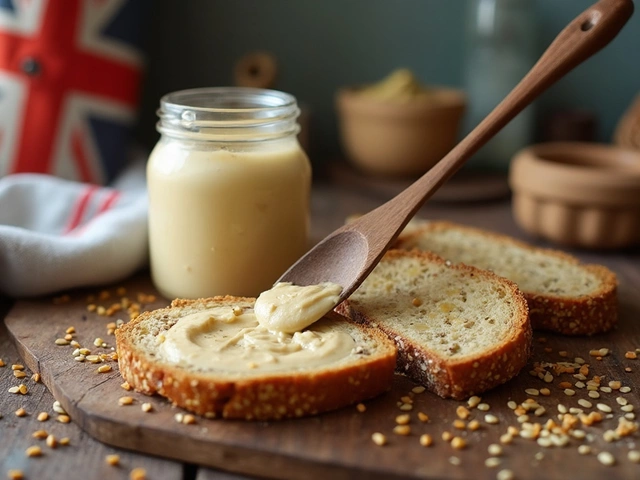
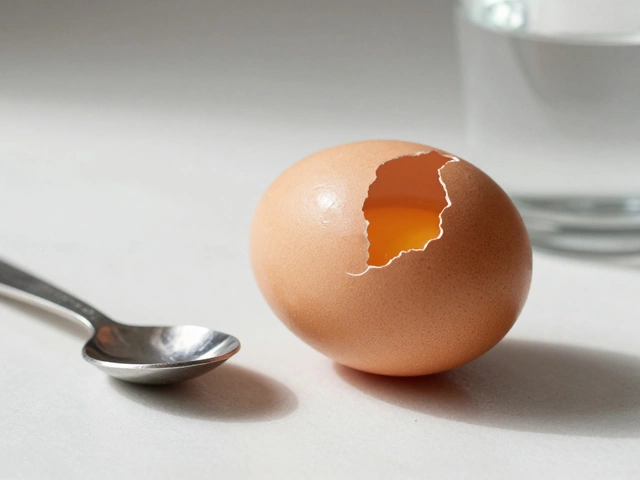

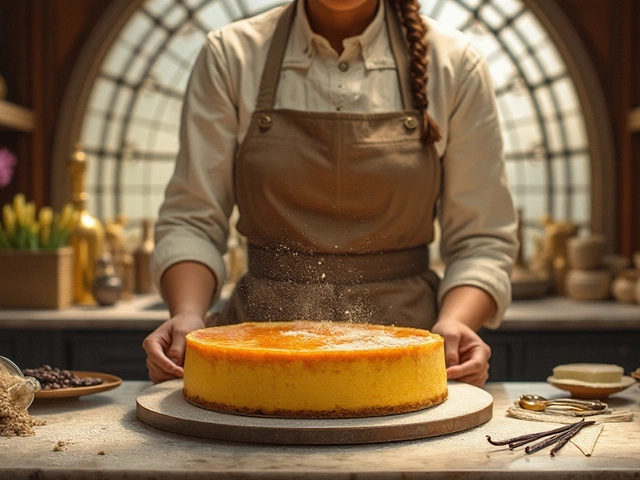
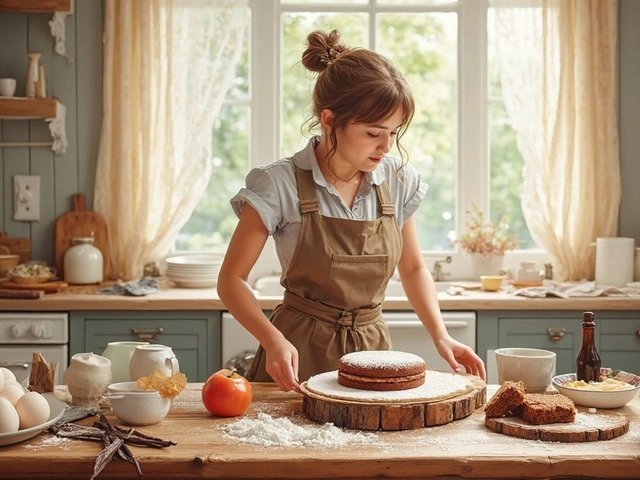
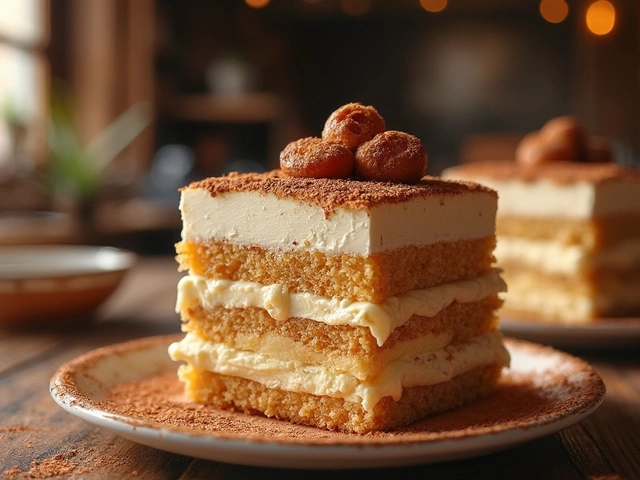
Write a comment